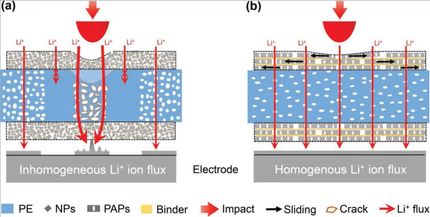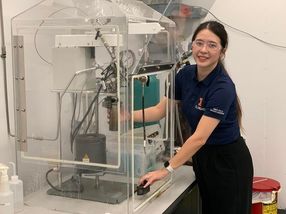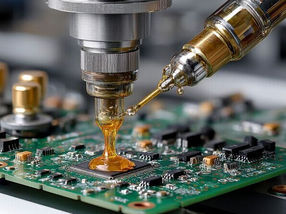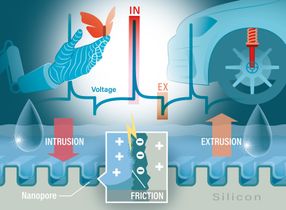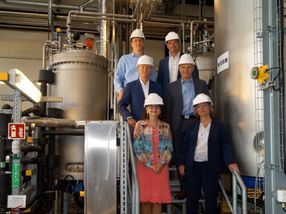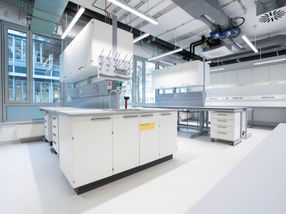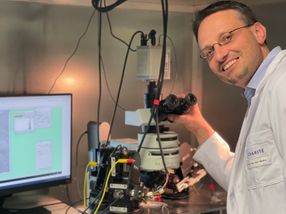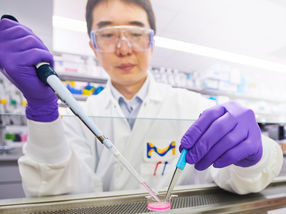Urease as a Nanoreactor for Growing Crystalline ZnO Nanoshells at Room Temperature
Advertisement
Future growth of the electronics industry requires development of faster integrated circuits with reduced production costs and lower power consumption. More efficient circuits can be achieved by increasing the packing density of nanometer-sized circuit elements. This "nano-approach" also leads to light weight, which is especially important for various applications such as portable electronic devices. While present lithographic technology can produce nanoscale assembly in two-dimensions, a new generation of more densely packed integrated circuits requires three-dimensional assembly. This requires placement of nanometer scaled metal, semiconductor, insulator or quantum dot components in the exact positions necessary for construction of integrated circuits with high precision and reproducibility. By exploiting self-assembly processes under moderate conditions, the fabrication can be performed efficiently and economically.
By functionalizing circuit elements and connecting wires with complementary biomolecular recognition units in solution, we can mimic biological systems, in which organic/inorganic nanoscale building blocks are routinely and precisely turned into complex structures for biological function with almost perfect reproducibility and high yield. We use protein nanotubes as building blocks to assemble three-dimensional nanoscale architectures at uniquely defined positions. Subsequently the protein nanotubes can be modified with various materials such as metals, semiconductors, quantum dots, and/or insulators to fabricate complex integrated circuits. The protein nanotubes will be attached to receptor sites while the substrate surfaces will be coated with self-assembled monolayers (SAMs) containing complementary ligand sites. The immobilization of protein nanotubes onto the SAMs will be "programmed" in aqueous solution without any complicated multi-step fabrication procedures (i.e. protein nanotubes recognize binding sites and attach automatically). This will allow us to achieve efficient, economical and precise nano-fabrication to apply to nanoelectronics, quantum electronics, photovoltaic cells, batteries, recording memory media, biosensors (protein array chips), and spin-based electronics with new properties and functionalities. Compared with molecular electronics, the peptide nanotube-based devices are potentially more stable, and therefore enable computer operation in harsher environments. Other inorganic molecules, such as porphyrins and ferrocene, were also recently demonstrated to functionalize peptide nanotubes for bio-sensor applications.
Efficient biomineralization of nanotubes was developed by incorporating sequenced histidine-rich peptides on the nanotubes. The biological recognitions of the specific peptide sequences toward particular metals lead to the efficient metal coatings such as Au, Ag, Pt, Cu, Ni on the nanotubes. This method allowed us to produce nanotubes uniformly coated by highly crystalline metal nanocrystals with the high-density coverage. The conformations and the charge distributions of the histidine-rich peptides, determined by pH and ion concentrations in the growth solutions, control the size and the packing density of nanocrystals. It should be noted that metallic nanocrystals in diameter around 6 nm are in the size domain to observe significant conductivity change by changing the packing density, and therefore this system may be developed to a conductivity-tunable building block. We believe this simple metal nanowire fabrication method can be applied to various metals and semiconductors with peptides whose sequences are known to mineralize specific ions.
Most read news
Other news from the department research and development
These products might interest you
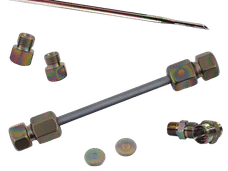
Dursan by SilcoTek
Innovative coating revolutionizes LC analysis
Stainless steel components with the performance of PEEK - inert, robust and cost-effective
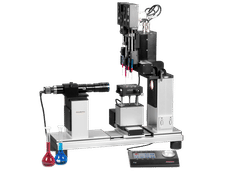
OCA 200 by DataPhysics
Using contact angle meter to comprehensively characterise wetting behaviour, solids, and liquids
With its intuitive software and as a modular system, the OCA 200 answers to all customers’ needs
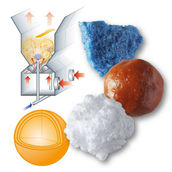
Tailor-made products for specific applications by IPC Process Center
Granulates and pellets - we develop and manufacture the perfect solution for you
Agglomeration of powders, pelletising of powders and fluids, coating with melts and polymers

Get the chemical industry in your inbox
By submitting this form you agree that LUMITOS AG will send you the newsletter(s) selected above by email. Your data will not be passed on to third parties. Your data will be stored and processed in accordance with our data protection regulations. LUMITOS may contact you by email for the purpose of advertising or market and opinion surveys. You can revoke your consent at any time without giving reasons to LUMITOS AG, Ernst-Augustin-Str. 2, 12489 Berlin, Germany or by e-mail at revoke@lumitos.com with effect for the future. In addition, each email contains a link to unsubscribe from the corresponding newsletter.
Most read news
More news from our other portals
See the theme worlds for related content
Topic World Battery Technology
The topic world Battery Technology combines relevant knowledge in a unique way. Here you will find everything about suppliers and their products, webinars, white papers, catalogs and brochures.

Topic World Battery Technology
The topic world Battery Technology combines relevant knowledge in a unique way. Here you will find everything about suppliers and their products, webinars, white papers, catalogs and brochures.
Topic world Sensor technology
Sensor technology has revolutionized the chemical industry by providing accurate, timely and reliable data across a wide range of processes. From monitoring critical parameters in production lines to early detection of potential malfunctions or hazards, sensors are the silent sentinels that ensure quality, efficiency and safety.
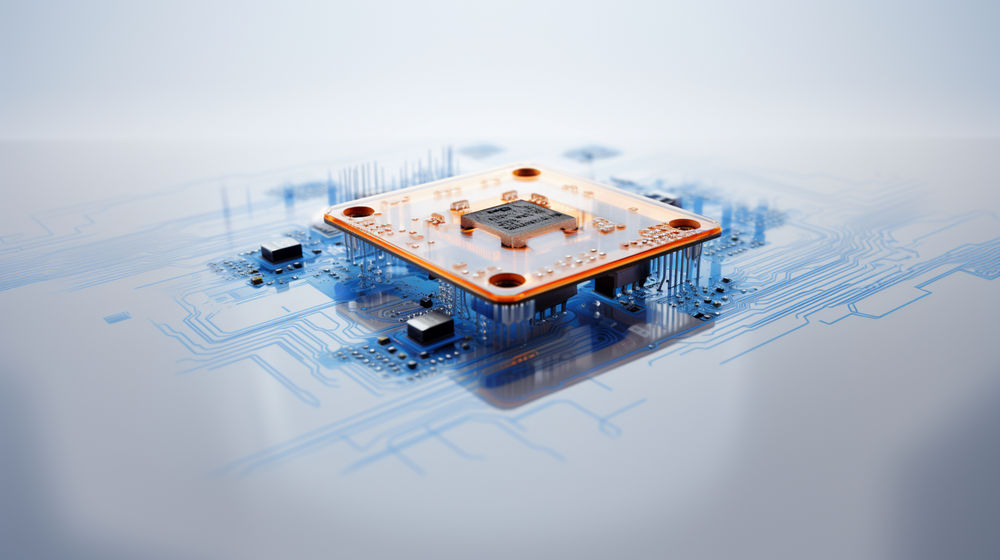
Topic world Sensor technology
Sensor technology has revolutionized the chemical industry by providing accurate, timely and reliable data across a wide range of processes. From monitoring critical parameters in production lines to early detection of potential malfunctions or hazards, sensors are the silent sentinels that ensure quality, efficiency and safety.



